Members
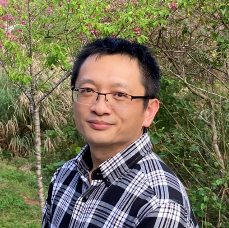
Dr. Jinjin Du, Staff Scientist
I am an experimental physicist with over a decade of experience developing advanced technology for atomic physics and quantum optics. I specialize in investigating light-matter interaction at the single quantum level across diverse experimental setups, such as cavity QED with trapped neutral atoms, integrating cold atoms into optical waveguides, and cold hybrid Rydberg-Ion atom systems. Presently, I am researching optomechanical systems to explore high-mass quantum physics and its applications in quantum sensing.
[1] Du et al, Physical Review Letters 130 (14), 143004(2023)
[2] Li et al, Optics Letters 47 (17), 4399-4402(2022)
[3] Du et al, Optics Express 28 (5), 6835-6845(2020)
PhD 2015 Shanxi University (China)
Email: jinjindu@oist.jp
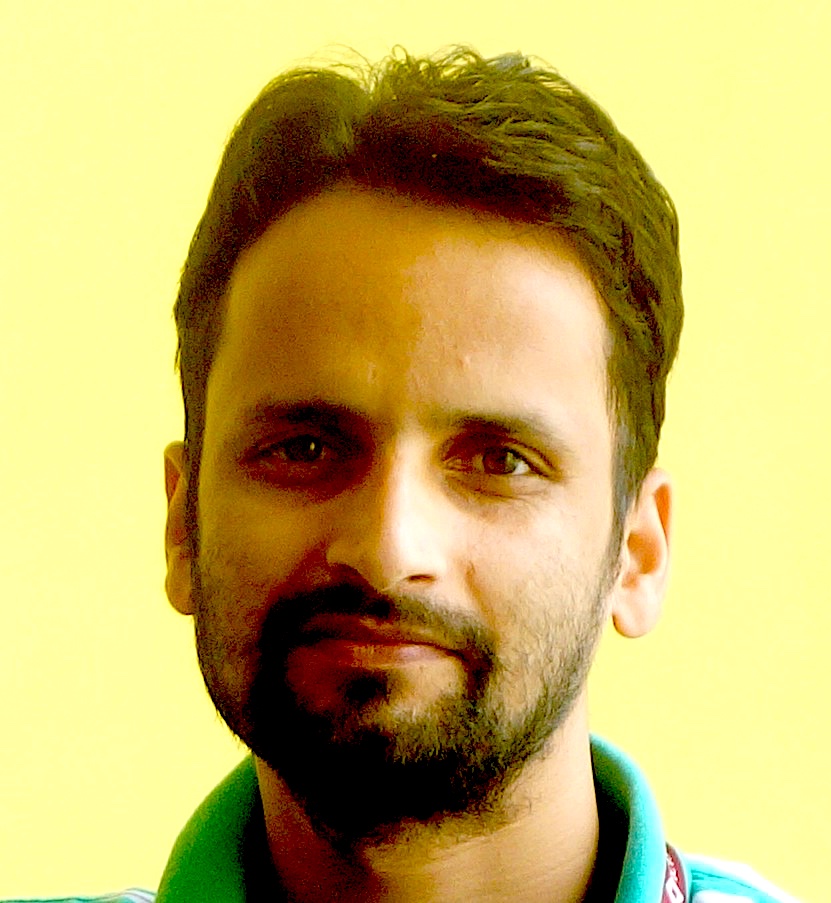
Dr. Anil Kumar, Staff Scientist
I am a theoretical physicist, and my broad area of research interest is quantum optics which deals with the fundamentals of light-matter interactions. Specifically, my focus is to explore the quantum effects—essential resources for the upcoming technology—in mesoscopic systems (atoms or ions in a cavity, hybrid BEC, light-driven mechanical oscillators, and levitated nanoparticles) that lie at the boundary of the classical and quantum worlds.
[1] Anil Kumar Chauhan et al., New Journal of Physics 22, 123021 (2020)
[2] Anil Kumar Chauhan et al., npj Quantum Information 8 (1), 151 (2022)
PhD 2017 Indian Institute of Technology (India, Punjab)
Email: anil.kumar@oist.jp

Dr. Shilu Tian, Postdoctoral Scholar
I am an experimental physicist with experience in multiferroics. My previous work was on ferroelectric polarization modulation, flexoelectricity, electroresistance effect, ferroelectric photovoltaic effect, etc. Currently, I have turned my interest to quantum science. In Quantum Machine Unit, I will work on the experimental realization of quantum machines using a magnetic levitation system, especially in cryogenic and high-vacuum conditions.
[1]ACS Appl. Mater. Interfaces 10.50 (2018): 43792-43801. https://doi.org/10.1021/acsami.8b15703
[2] Sci. China Phys. Mech. Astron. 63.1 (2020): 1-7. https://doi.org/10.1007/s11433-019-9415-9
PhD 2019 University of Chinese Academy of Sciences (China, Beijing)
Email: shilu.tian@oist.jp

Dr. Steven Sagona-Stophel, Postdoctoral Scholar
I like the concepts behind quantum mechanics and like exploring real systems to get a better physical understanding of the inner workings of quantum mechanics. Experimentally, I have a lot of experience designing novel quantum memories and atom-mediated nonlinear interactions and have interests in AI, machine learning and foundational questions in quantum science.
In the Quantum Machines Unit I am studying magnon + microwave cavity QED for novel quantum effects.
https://journals.aps.org/prl/abstract/10.1103/PhysRevLett.125.243601
PhD 2021 Stony Brook University (USA, NY)
Email: STEVEN.SAGONA@OIST.JP

Dr. Mojtaba Moshkani, Postdoctoral Scholar
I am an optical engineer. I like development and prototyping of optical and electronic components using innovative fabrication methods, specifically with a focus on the intersection of lasers and materials science [1].
Previously, I developed an innovative ultraviolet (UV) laser etching technique for the enhancement of diamond surface electronics such as transistors [2].
In the Quantum Machines Unit, I work on prototyping magnetically controlled optical components.
[1] Parsanasab et al, Optics Express 23 (7), 8310-8316 (2015)
[2] Moshkani et al, Applied Physics Letters 123 (26) (2023)
PhD 2021 Macquarie University (Sydney, Australia)
Email: Mojtaba.moshkani@oist.jp
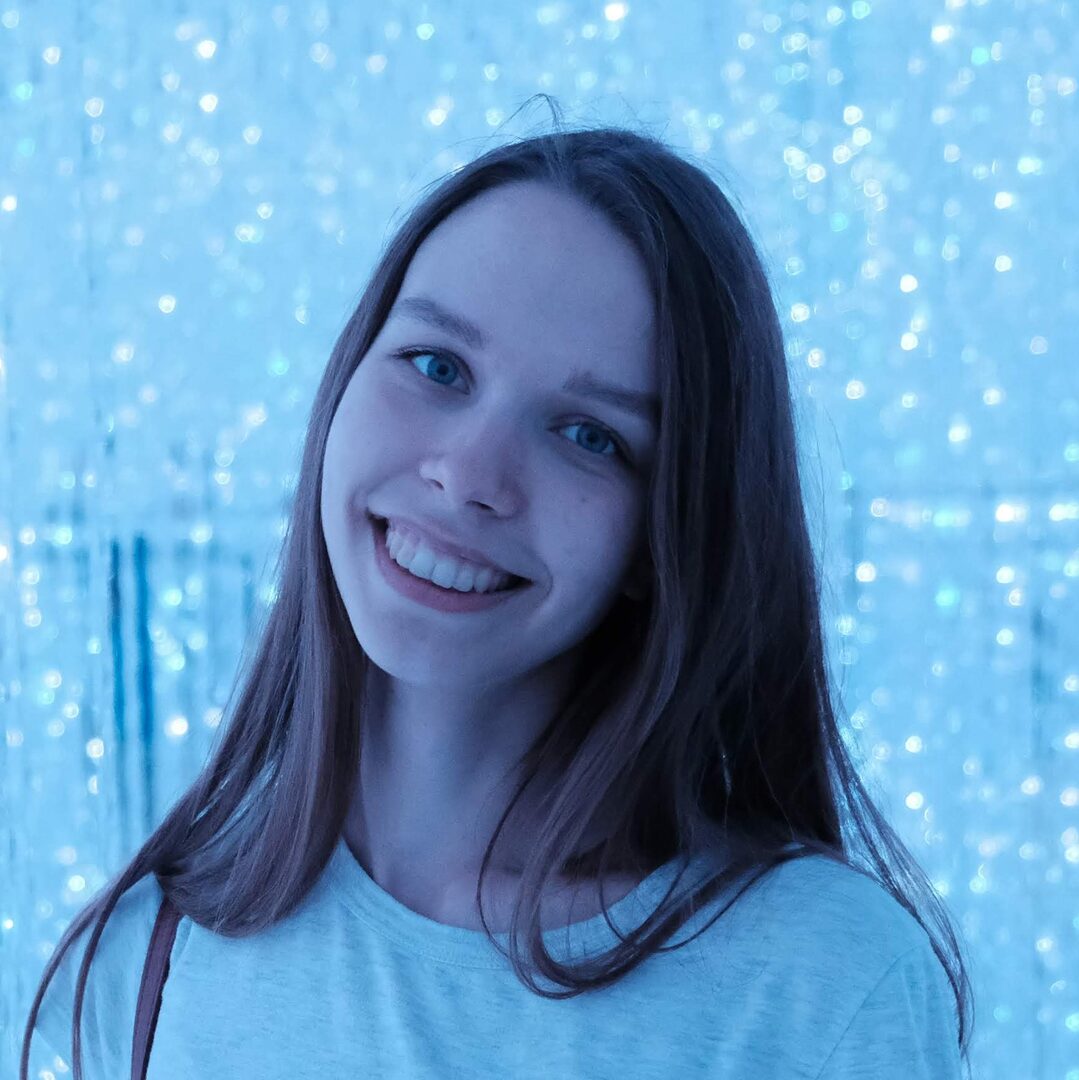
Tatiana Iakovleva, PhD Student
I got my Master’s degree at Novosibirsk State University in Russia where I worked on the concept of geometric phase in different quantum systems, such as Bose-Einstein condensate in a dipole trap, and a chain of Mach-Zehnder interferometers where interaction with the environment occurs. Afterwards, I came to study at OIST as a PhD student, and after my first rotation I decided to join Quantum Machines unit. I am interested in quantum sensors, quantum computing and machine learning. Beyond physics, I fancy playing board games, volleyball, and also I am a big lover of delicious food.
Daehee Kim, PhD Student
I completed my Bachelor of Science degree at Hokkaido University, where I had the opportunity to intern in the Quantum Machines unit. During this time, I developed a strong interest in magnetic levitation, which has since become a central focus of my research. As an experimental physicist, I am particularly interested in exploring the applications of magnetic levitation for advanced sensor technologies and the study of macroscopic quantum effects. My work also extends to investigating the fascinating potential of levitating liquids.

Alexander Henry Hodges, PhD Student
I'm (going to be) an experimental physicist, interested in generating non-classical states ("large" objects placed into superpositions of location or momentum, for instance), and using these for precision measurement, beating classical measurement limits, or as tests of quantum mechanics itself. These experiments combine interesting hardware and electronics challenges, creativity in choosing your experimental setup, plus they offer the chance to explore new physics in a small "tabletop" experiment! I did my BSc in Physics at Imperial College London, with a thesis in nanophotonics, followed by a year working at the Rutherford Appleton Laboratory in Oxford, doing ASIC and CMOS image sensor design, including the new vertex detectors for CERN's LHCb upgrade. I've had undergrad internships working on the CCD image sensor design for the ESA's SMILE mission, a recent graduate internship at IBM working on superconducting quantum qubits and amplifiers, and rotations at OIST working on ion trapping with Prof. Takahashi, brain imaging with Prof. Kuhn, and feedback cooling here in QMU.
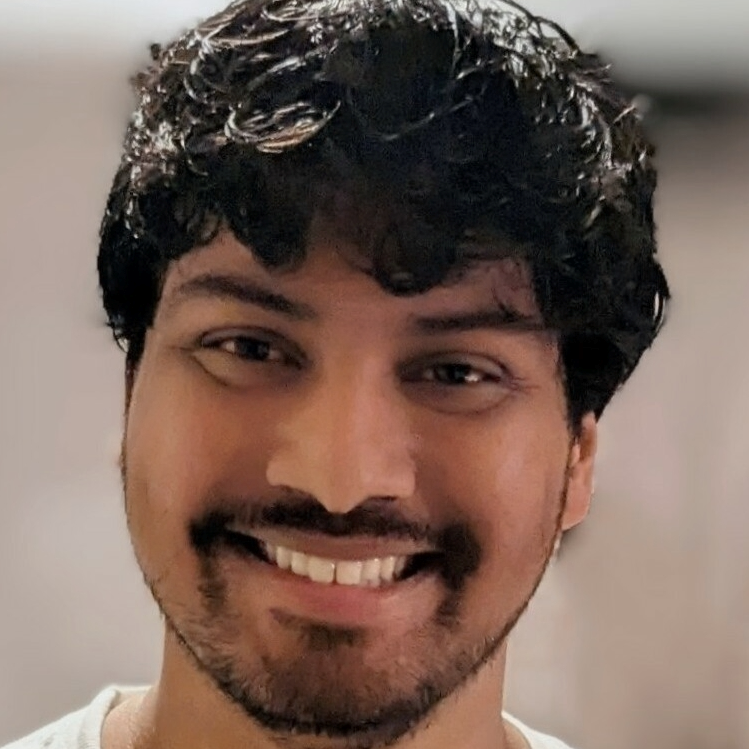
Anshuman Nayak, PhD Student
I am an experimental PhD student with a master's in physics from IIT Madras. During my time there, I have worked on coherent manipulation of interacting two-level systems, NV centres in diamond in particular (diamonds that glow red when you shine green!) I am quite interested in exploring how we can use techniques of control to build novel sensors.
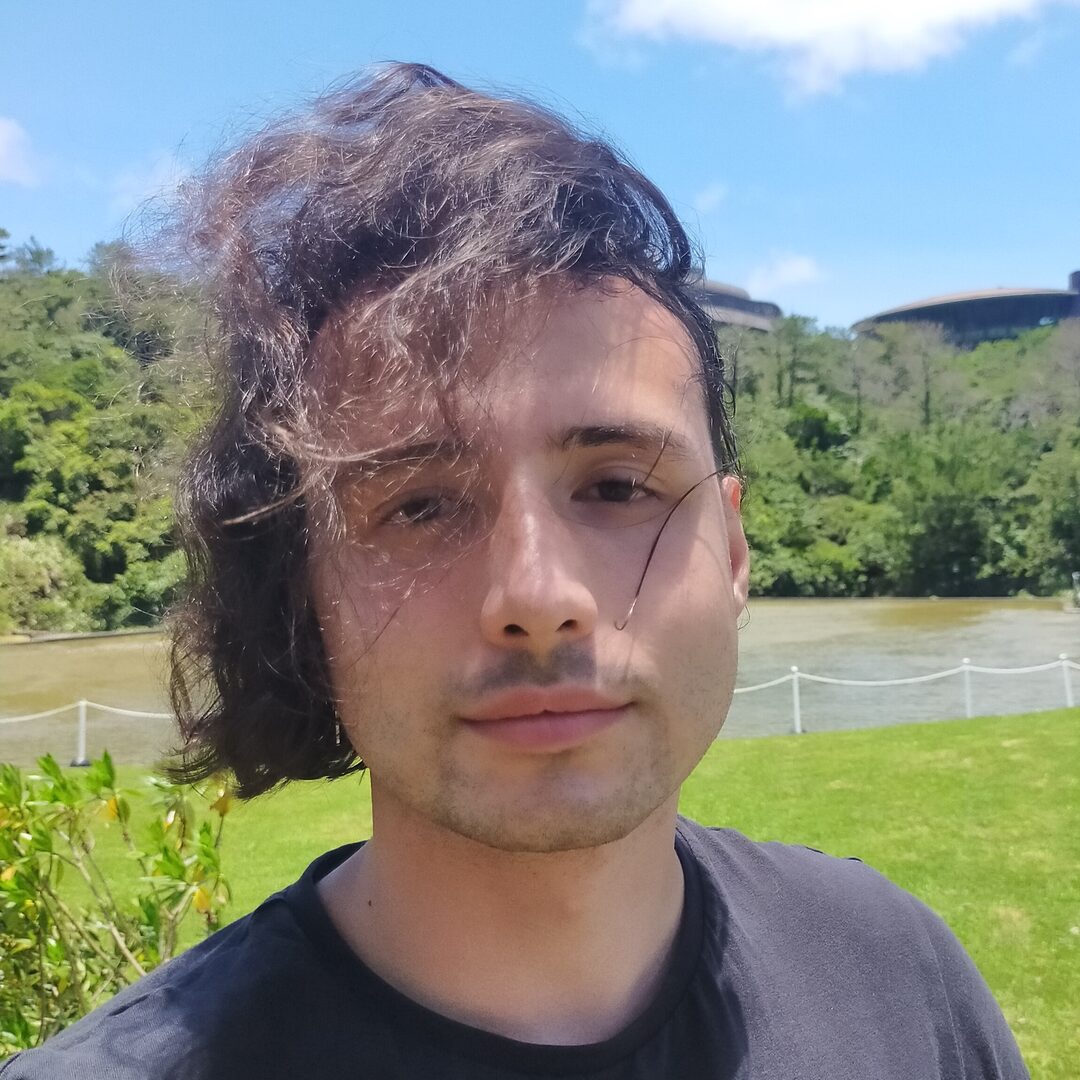
Andrii Yakymenko, PhD Student
I graduated from Taras Shevchenko University of Kyiv with BS. During my Bachelor I was working on nanowires for increasing efficiency of solar cells. On my last year I had chance to be an Intern at Electronic and Quantum Magnetism Unit(EQMU) and quantum Dynamics Unit(QDU) at OIST. I was focused on micro and nanofabrication for SAW devices at EQMU and microchannels for electrons on liquid helium at QDU.
During my rotations I have the chance to work at Fluid Mechanics Unit on 2D soap films. My key interests are experimental physics and quantum physics.
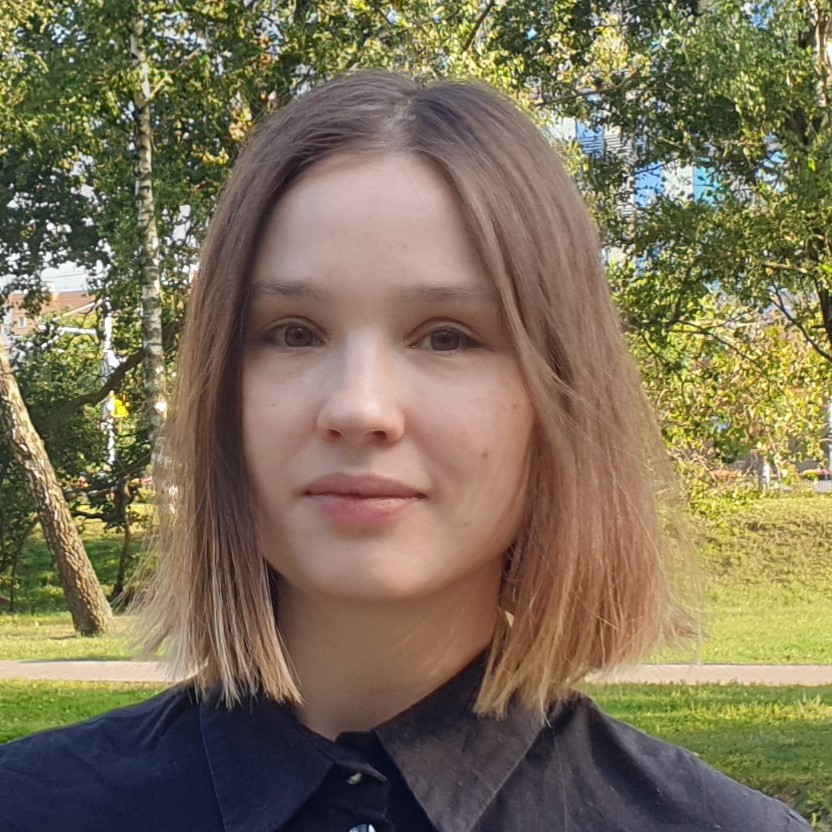
Yuliya Osika, Rotation Student
I have received my Bachelor's degree in Computational Physics at Belarusian State University, and conducted ab initio research focusing on the diatomic (RaF, KFr) and triatomic (RaOH) molecules promising for laser cooling. During my PhD at OIST I hope to gain more experience in experimental work in the field of Quantum Physics. My other interests include Atomic Physics and Scientific Programming. In the Quantum Machines Unit I am focusing on developing novel forms of vibration isolation for ultrasensitive quantum inertial sensors.
Alumni
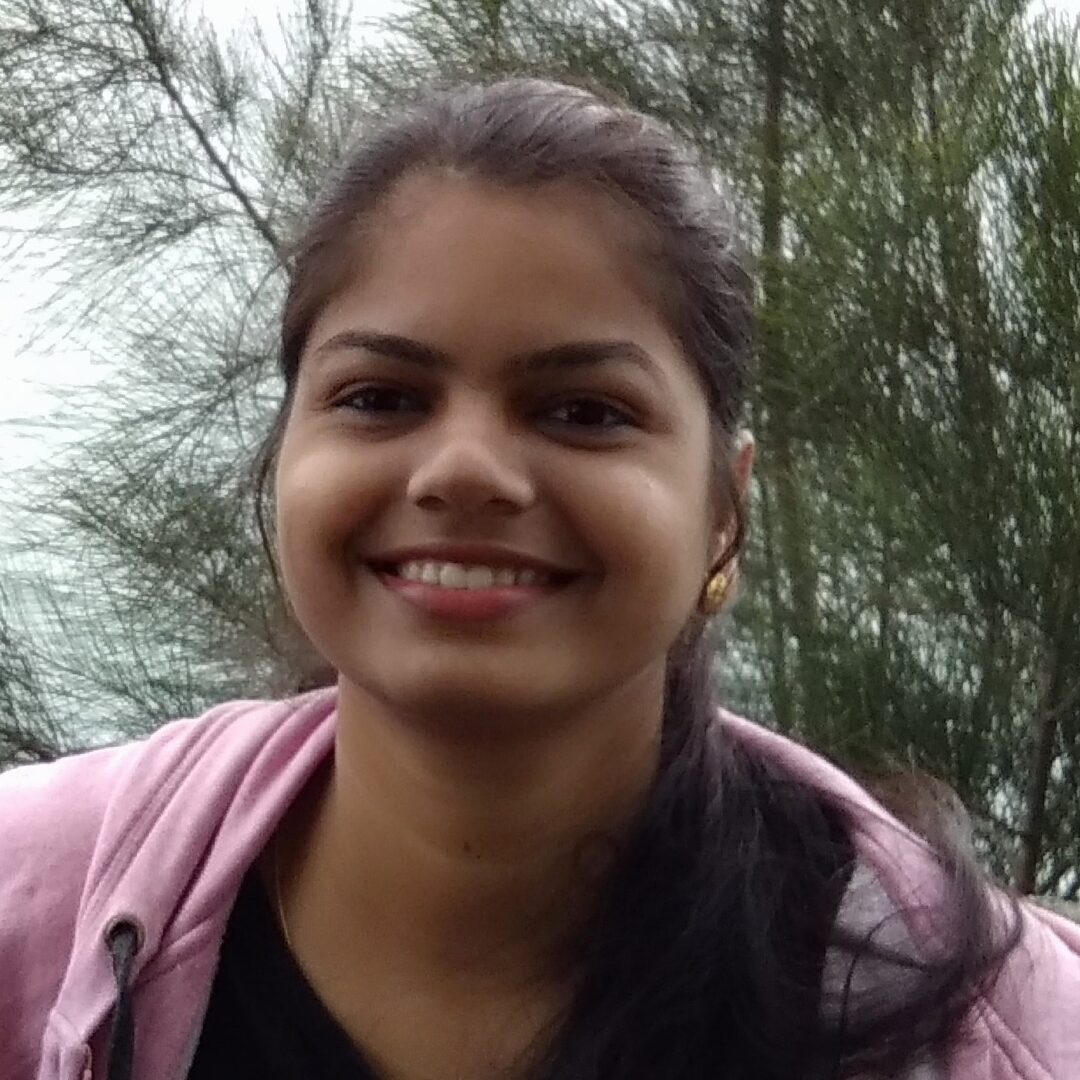
Dr. Isha Sanskriti, Postdoctoral Scholar (Jan 2021-Jan 2022)
I am a material chemist with experience in synthesis, characterization and application of metal nanoparticles in the field of sensing [1, 2, 3]. The synthesized metal nanoparticles were exploited as a colorimetric sensor for environmentally/biologically relevant analytes viz., sulphide, cysteine, homocysteine and glutathione. I studied their sensing mechanism as well as various factors affecting shape, size and hence the optical properties of nanomaterials. During my studies, I was fascinated by the phenomenon of self-assembly [2] and its immense applications. In the Quantum Machines Unit I will work on developing novel types of quantum machines using chemical opto-mechanics.
[1] Sanskriti, I., et al., RSC Adv., 2016, 6, 14563.
[2] Sanskriti, I., et al., New J. Chem., 2017, 41, 4316.
[3] Sanskriti, I., et al., ChemistrySelect, 2019, 4, 3803.
PhD 2018 Chemistry, Banaras Hindu University (India, Varanasi)
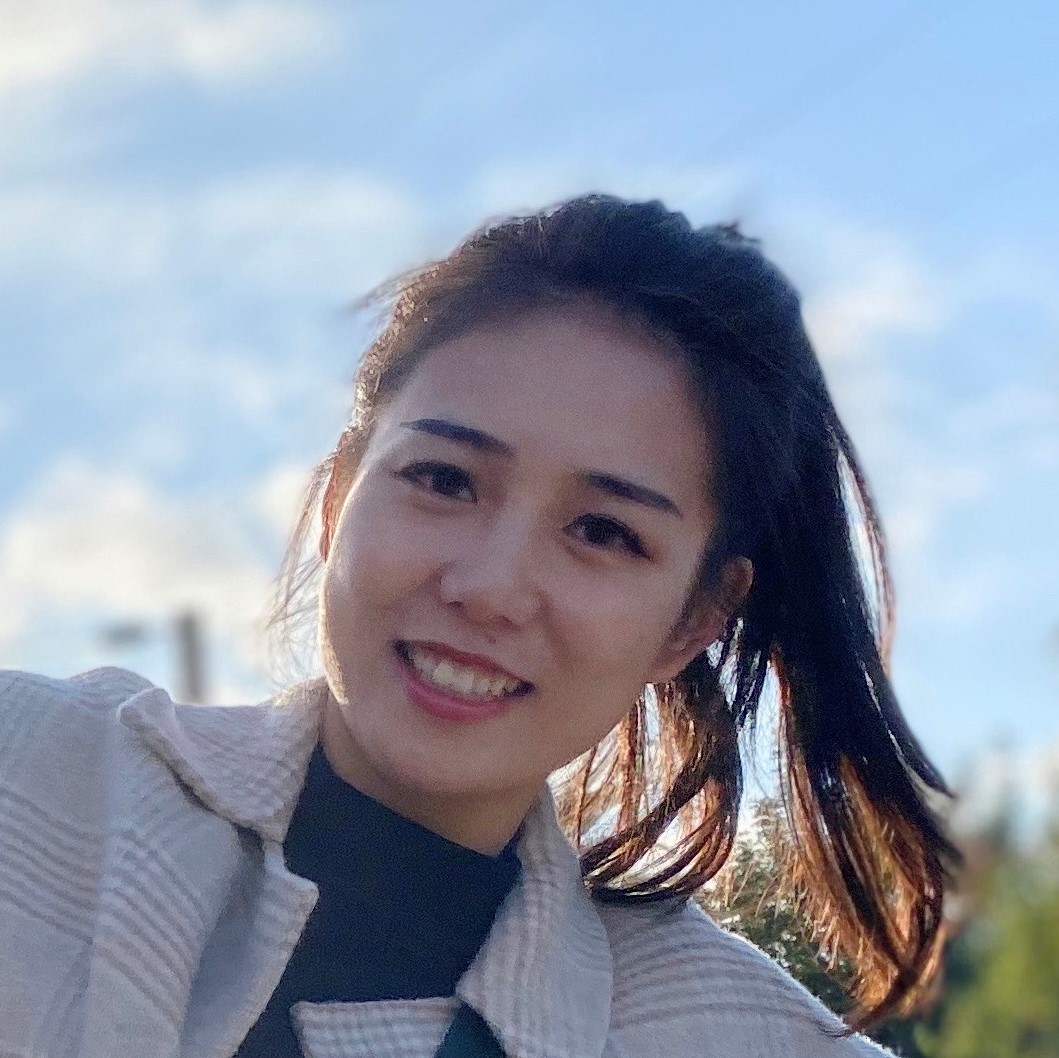
Dr. Yanan Liu, Postdoctoral Scholar (Mar 2021-May 2022)
My work has been about developing feedback control theory in stochastic quantum systems, including measurement-based feedback control and coherent feedback control. The main objectives of the measurement based stochastic techniques are to engineer the system towards a target quantum subspace or state, including entangled states and decoherence free subspaces. In the coherent feedback control technique we design coherent feedback controllers that achieve stable dynamics within a quantum system that is experiencing fault processes. Currently, I am studying how to enhance quantum squeezing within an Optical Parametric Oscillator (OPO) by designing a coherent feedback controller.
[1] Y. Liu et al, IEEE Transactions on Cybernetics, 47(11), pp. 3827-3839, Nov. 2017
[2] Y Liu et al, Online available at: [quant-ph] arXiv:2003.09609
PhD 2020 University of New South Wales (Australia, Sydney)
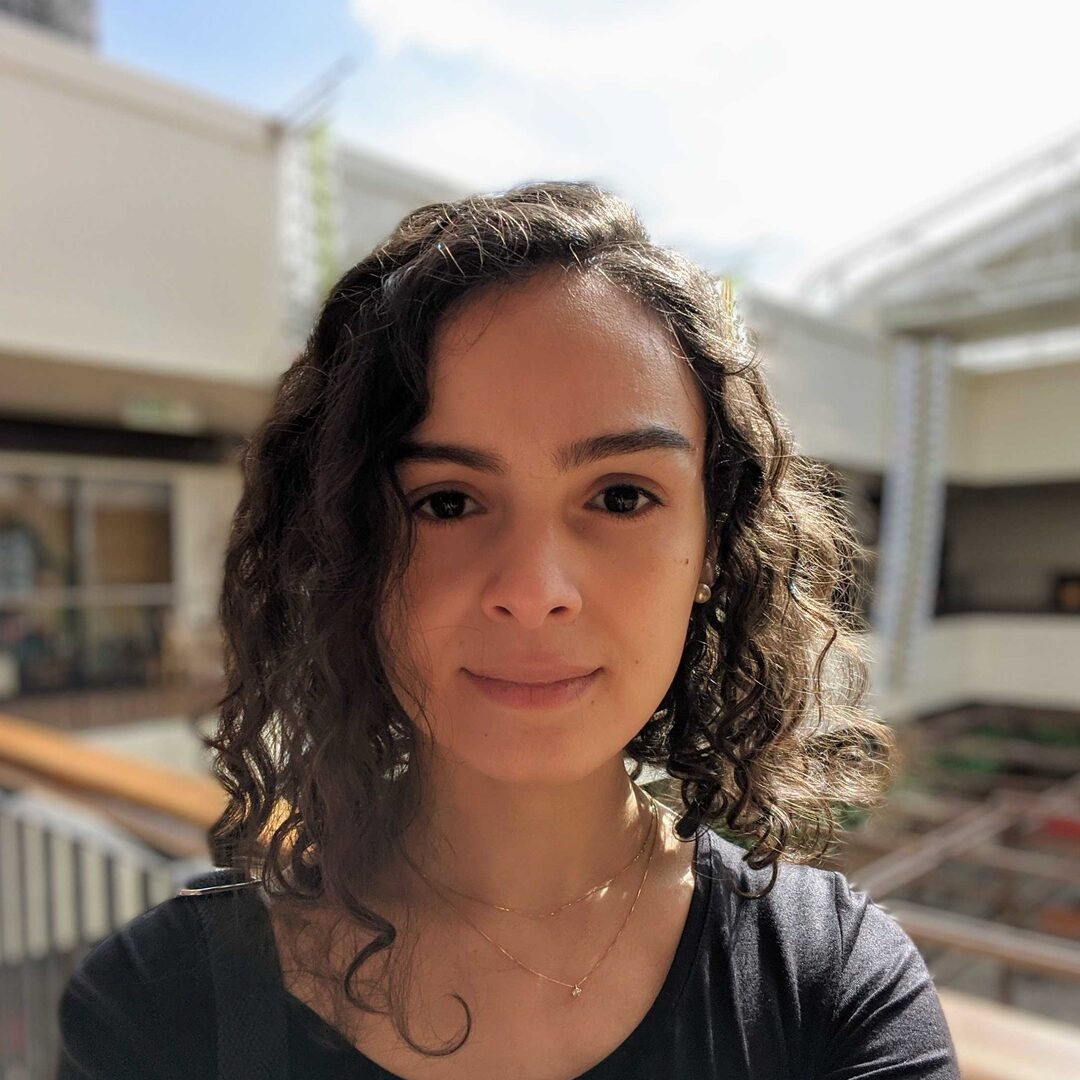
Dr. Priscilla Romagnoli, Postdoctoral Scholar (Sep 2020-Jul 2022)
I am an experimental scientist in nanophotonics, with professional experience and interests in areas such as: quantum optics, studying fiber-based optical cavities for cavity quantum electrodynamics (cQED) [1]; nanomaterials, investigating optical properties [2]; and photonic crystal fibers, developing in-line devices [3].
[1] Romagnoli, P. et al. Appl. Phys. B 126, 111 (2020)
[2] Romagnoli, P. et al. 2D Mater. 2, 035017 (2015)
[3] Romagnoli, P. et al. Opt. Express 22, 17769-17775 (2014)
PhD 2017 Mackenzie Presbyterian University (Brazil, Sao Paulo)
Dr. Sangkha Borah, Postdoctoral Scholar (Aug 2020-Nov 2022)
I am an enthusiastic computational physicist who likes to use computers to make a physicist’s life easier. In this spirit, my research interests have evolved from molecular dynamics [1, 2], and density functional theory to applications based on machine learning techniques. Previous work of mine has focused on relaxation dynamics and hot carrier transport on 2D materials while developing an interest in machine learning as well. In the Quantum Machines Unit my main research interests will include the application of machine learning methods to quantum physical problems and to apply it to better design experiments, among others.
[1] Sangkha Borah, J. Mol. Liq., 2020, 312, 113387.
[2] Sangkha Borah, J. Phys. Chem. B, 2020, 124(26), 5454.
PhD 2018 Physics Indian Institute of Technology (India, Guwahati)
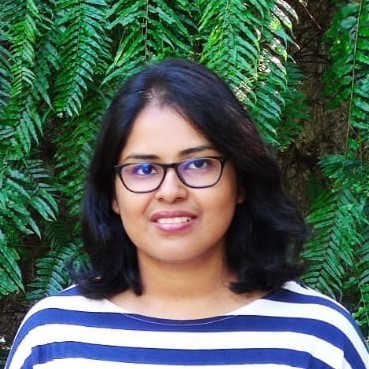
Dr. Bijita Sarma, Postdoctoral Scholar (Jan 2021-Nov 2022)
I am a theoretical physicist working in the areas of hybrid quantum devices such as cavity optomechanical and magnomechanical systems. My previous work has been on ground state cooling of mechanical resonator in a cavity optomechanical system in the unresolved sideband regime using quantum interference as well as a STIRAP-like pulsed-cooling protocol. I have also looked at generation of nonclassical states of light and mechanics through photon and phonon antibunching in hybrid cavity optomechanical systems.
[1] Bijita Sarma et al., New J. Phys. 22, 103043 (2020)
[2] Bijita Sarma et al., Phys. Rev. A 98, 013826 (2018)
[3] Bijita Sarma et al., Sci. Rep. 8, 14583 (2018)
PhD 2018 Physics Indian Institute of Technology (India, Guwahati)
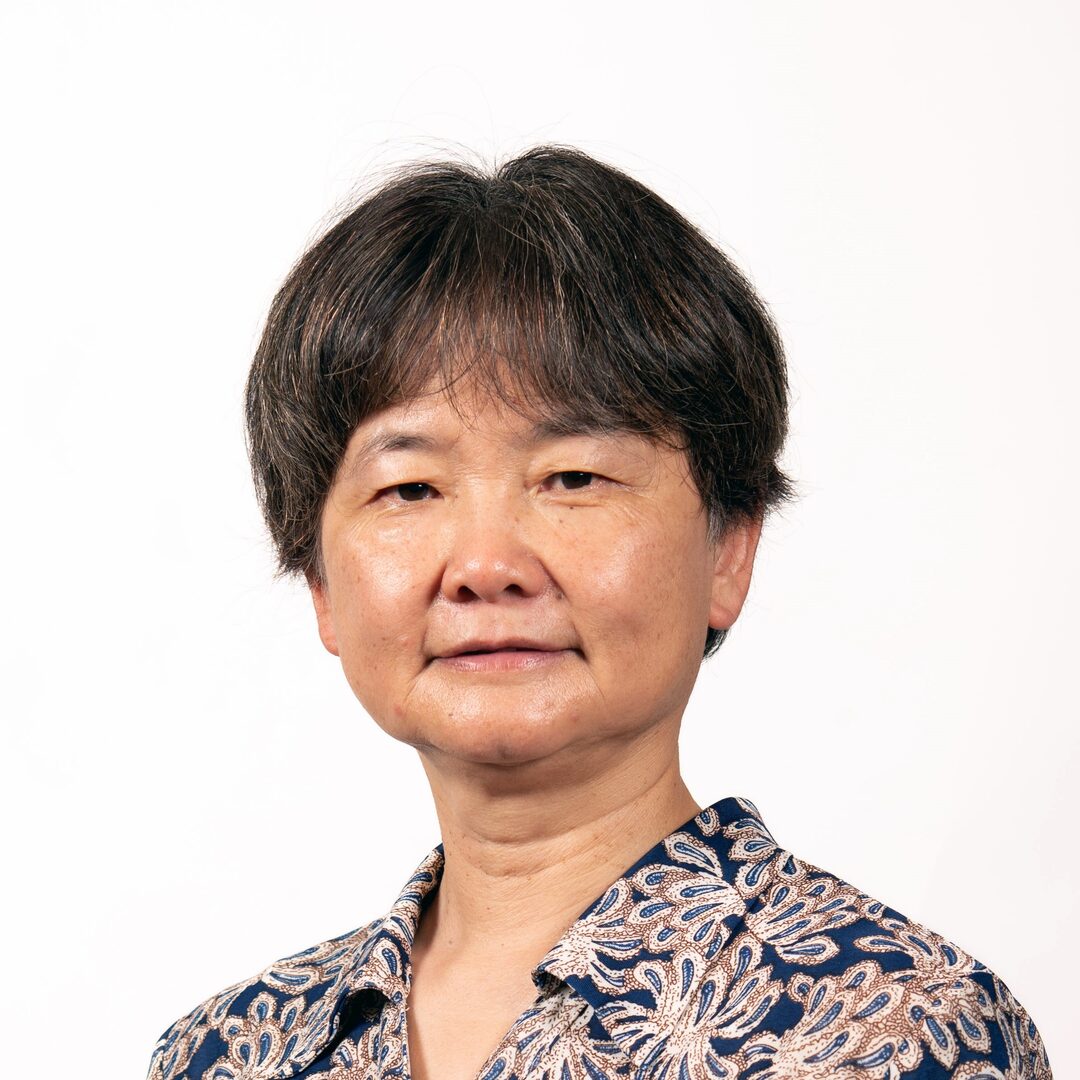
Prof. Jingbo Wang, JSPS Visiting Fellow (Jun-Jul 2022)
Professor Jingbo Wang is Head of Physics at the University of Western Australia and a pioneer of cutting-edge research involving single and multiple particle quantum walks. Professor Wang leads an active research group looking at quantum simulation, quantum walks and quantum algorithm development. Her research team was the first to show the power of quantum walks in extracting local and global structural information of complex networks and in distinguishing a range of non-isomorphic graph classes. Professor Wang’s recent work includes quantum simulation of designer functional molecules and materials, exploring fundamental structures and symmetries in nature.
University of Western Australia, Perth, Australia
PhD 1989 Adelaide University (Australia)
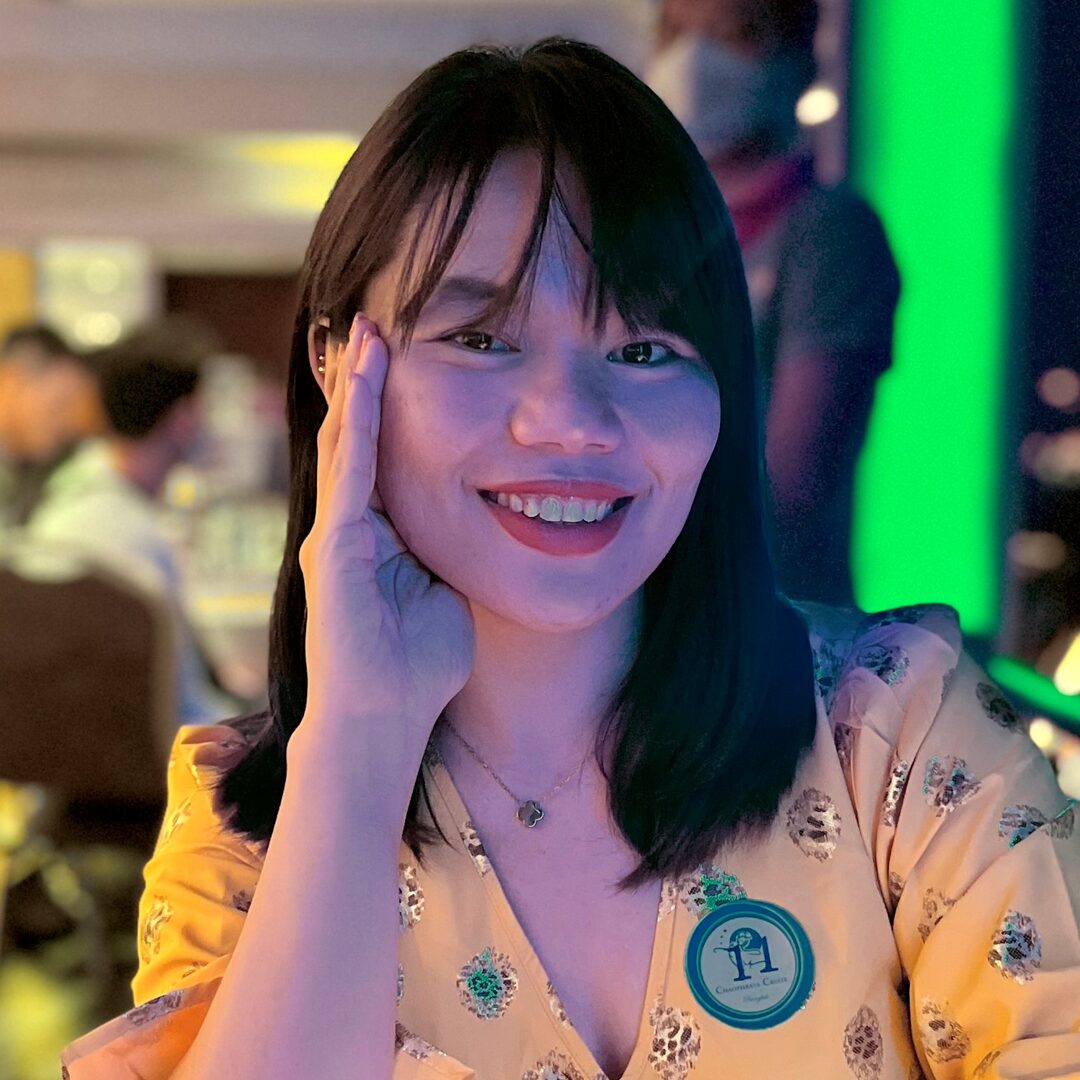
Dr. Glemarie Hermosa , Visiting Researcher (Dec 2022-Mar 2023)
I am a Chemical Engineering and Materials Science graduate. My research focuses mainly on the synthesis of nanomaterials specifically nanoparticles, carbon dots and quantum dots. I am very much interested in how Quantum Science can advance for potential applications in biomedical, environmental, optical and electronics. Joining the Quantum Machines Unit, I hope to acquire new and additional knowledge together with my colleagues.
[1] Hermosa et al., IEEE Transactions on Magnetics, Vol. 58(8), (2022) https://doi.org/10.1109/TMAG.2022.3158835 .
[2] Hermosa et.al., Ceramics International, Vol.47(15), (2021) https://doi.org/10.1016/j.ceramint.2021.04.239
[3] Hermosa et.al., Journal of Materials Research and Technology, Vol. 9(5), (2020) https://doi.org/10.1016/j.jmrt.2020.06.087
PhD 2022 Yuan Ze University (Taiwan)
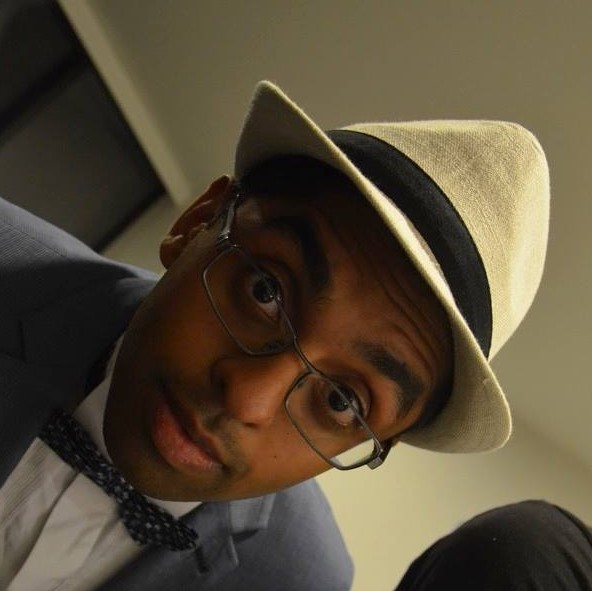
Dr. Ruvi Lecamwasam, Postdoctoral Scholar (Jun 2021-Jun 2023)
My work has been a mixture of optomechanics and quantum information theory, and how these relate to measurement. During my honours year I looked at how measurement itself could be used to create quantum states [1]. For my PhD I worked as a theorist in an experimental group on a project to levitate a mirror using a laser beam, and so build a sensor that is completely isolated from environmental noise. The system could be solved using perturbation theory, allowing for an analytical treatment of the ‘optical spring’ the mirror oscillates on [2]. I also investigated the idea of parameter estimation from an information theoretic point of view, and studied how the entropy of the prior information and your choice of measurement basis influence how you estimate the parameter.
[1] Lecamwasam, Ruvindha L., et al., Phys Rev A 95 : 013828 (2017)
https://doi.org/10.1103/PhysRevA.95.013828.
[2] Lecamwasam, Ruvi, et al., Phys Rev A 101 (5): 053857 (2020).
https://doi.org/10.1103/PhysRevA.101.053857.
PhD 2021 Australian National University (Australia, Canberra)
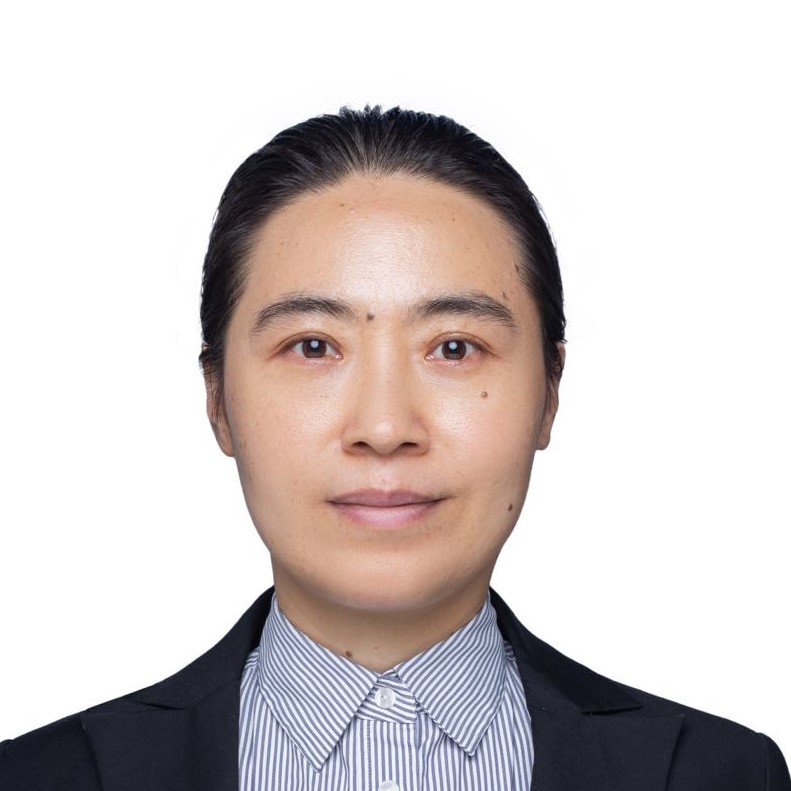
Prof. Rong Zhang, Research Fellow (Nov 2022-Oct 2023)
My recent work involves the quantum state engineering in an inhomogeneous quantum walk using light in an optical network, which includes a Sagnac loop to realize a step of the quantum walk. We observe that this walk produces lots of quantum entanglement at periodic times and the walk exhibits ballistic expansion. We also use this walk to design specific quantum superposition states which have particular application for random number generation and robust nonlocality. In the Quantum Machines Unit I will be focused on more optomechanical applications – which combines the quantum aspects of light with motion.
[1] Rong Zhang, Ran Yang,Jian Guo, Chang-Wei Sun, Jia-Chen Duan, Heng Zhou, Zhenda Xie†, Ping Xu‡, Yan-Xiao Gong§, and Shi-Ning Zhu,Phys. Rev. A 105, 042216 (2022)
[2] Rong Zhang, Ran Yang,Jian Guo, Chang-Wei Sun, Yi-Chen Liu,, Heng Zhou, Zhenda Xie†, Ping Xu‡, Yan-Xiao Gong§, and Shi-Ning Zhu,Phys. Rev. Research 4, 023042 (2022)
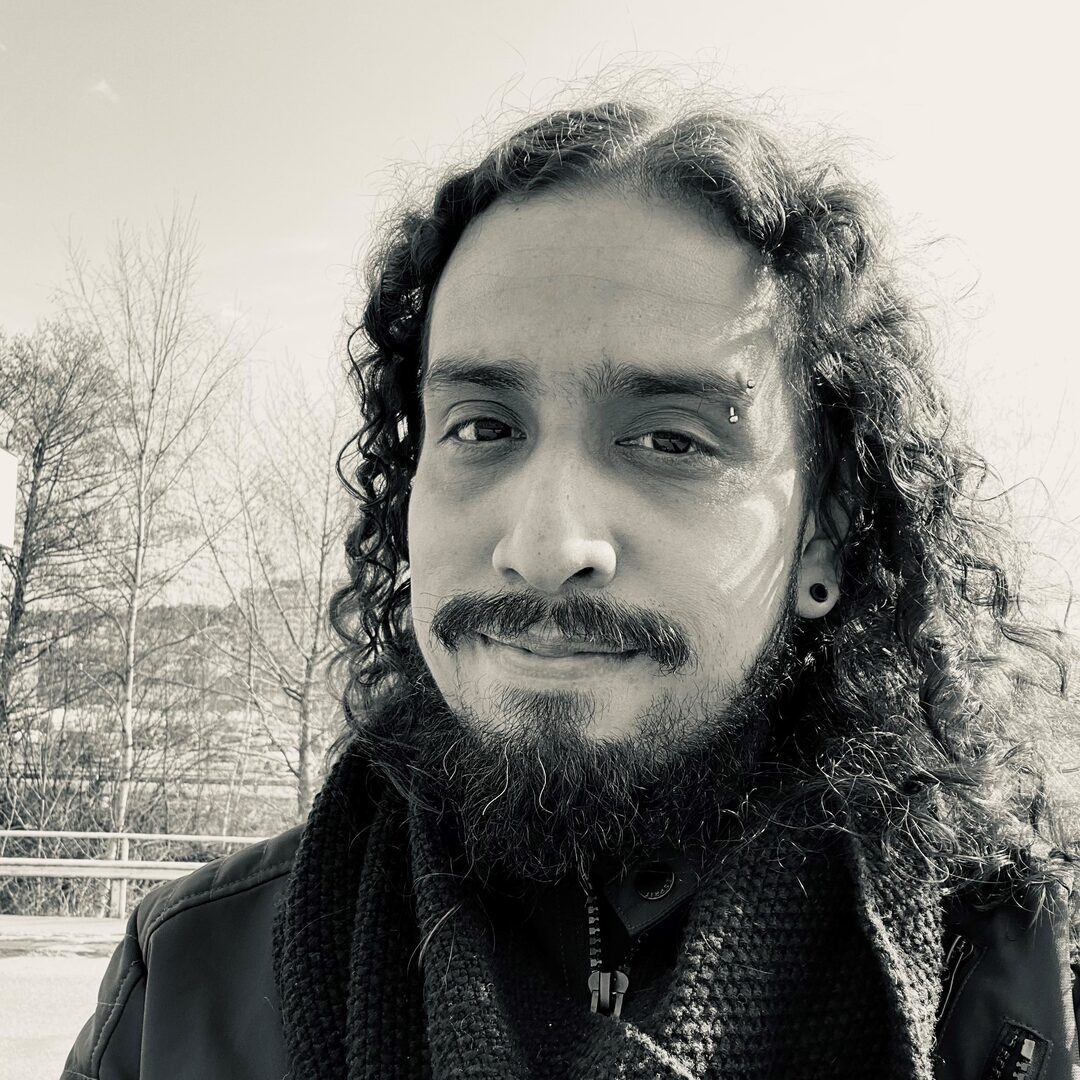
Dr. Fernando Quijandria, Staff Scientist (Nov 2021-April 2024)
I am a theoretical physicist working in the field of microwave quantum optics (superconducting circuits technologies) with focus on continuous-variable quantum information. I like to study novel phenomena both analytically and numerically but also, to model experiments in which these phenomena can be explored. My work involves the generation of nonclassical states of light [1,2], gate-based quantum computation [3] and more recently quantum error correction and quantum process tomography.
[1] Quijandria et al. Phys. Rev. Lett. 121, 263603 (2018)
[2] Lu et al. arXiv:2101.09532 (2021)
[3] Hillmann et al. Phys. Rev. Lett. 125, 160501 (2020)
PhD 2015 University of Zaragoza (Spain, Aragon)
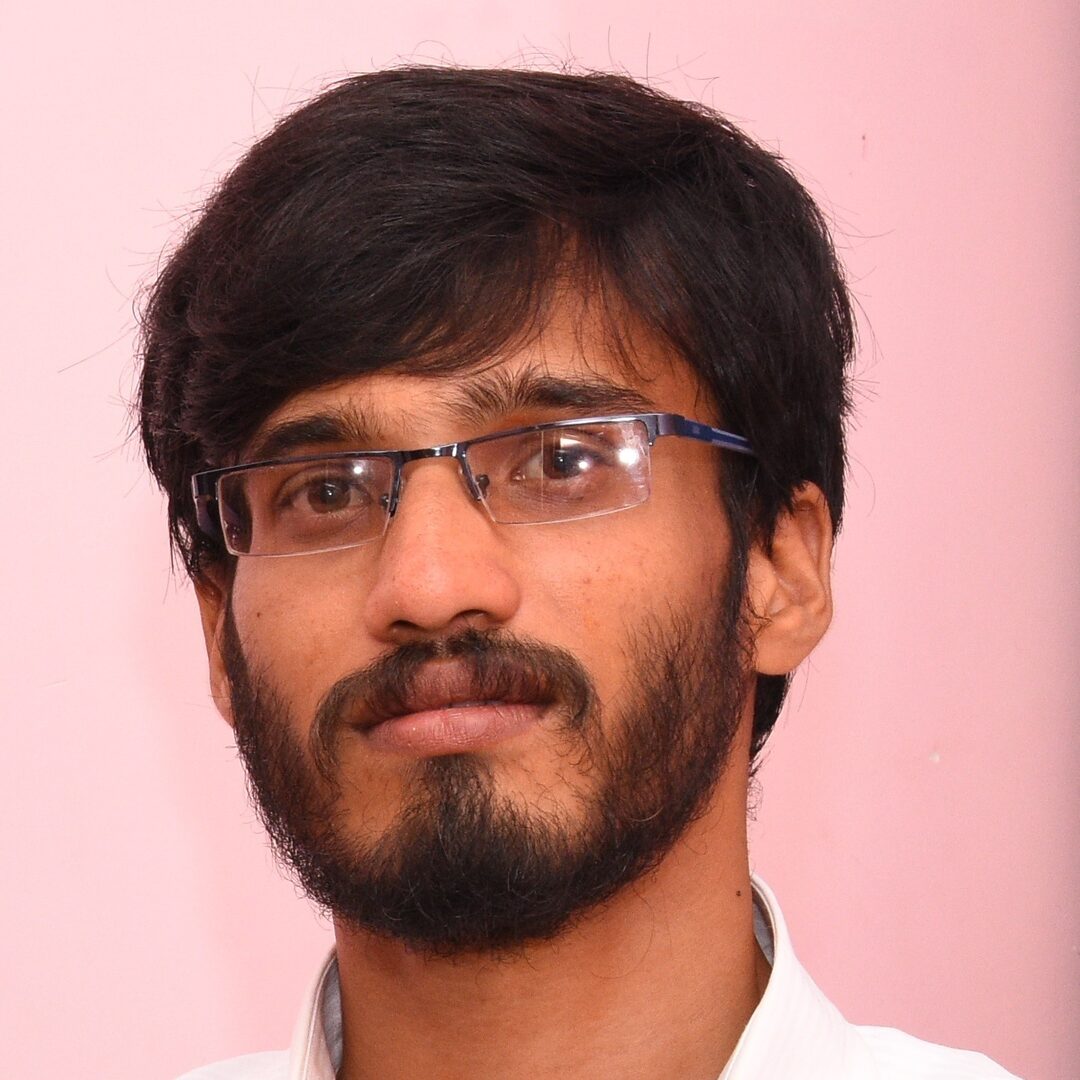
Dr. Kani Mohamed, Staff Scientist (Feb 2021-Aug 2024)
I am a theoretical physicist working in the fields of quantum optics, optomechanics, and atomic physics. This includes understanding of the microscopic world as well as their interaction with external stimulus,and exploiting their quantum behaviour for precision metrology. My previous work in levitated optomechanics involves implementing phonon laser for force sensing below the thermal noise limit. I have also worked in Light-Matter interaction wherein I have used the quantum interference to manipulate the atomic coherence and control all nonlinear optical phenomena for realizing sensitive vector atomic magnetometer and atomic clock.
[1] J. Opt. Soc. Am. B, 37, 1598 (2020)
[2] J. Phys. B: At. Mol. Opt. Phys. 48, 075502 (2015)
[3] Opt. Express 22, 15305–15314 (2014)
PhD 2018 Physics, Indian Institute of Technology (India, Kanpur)
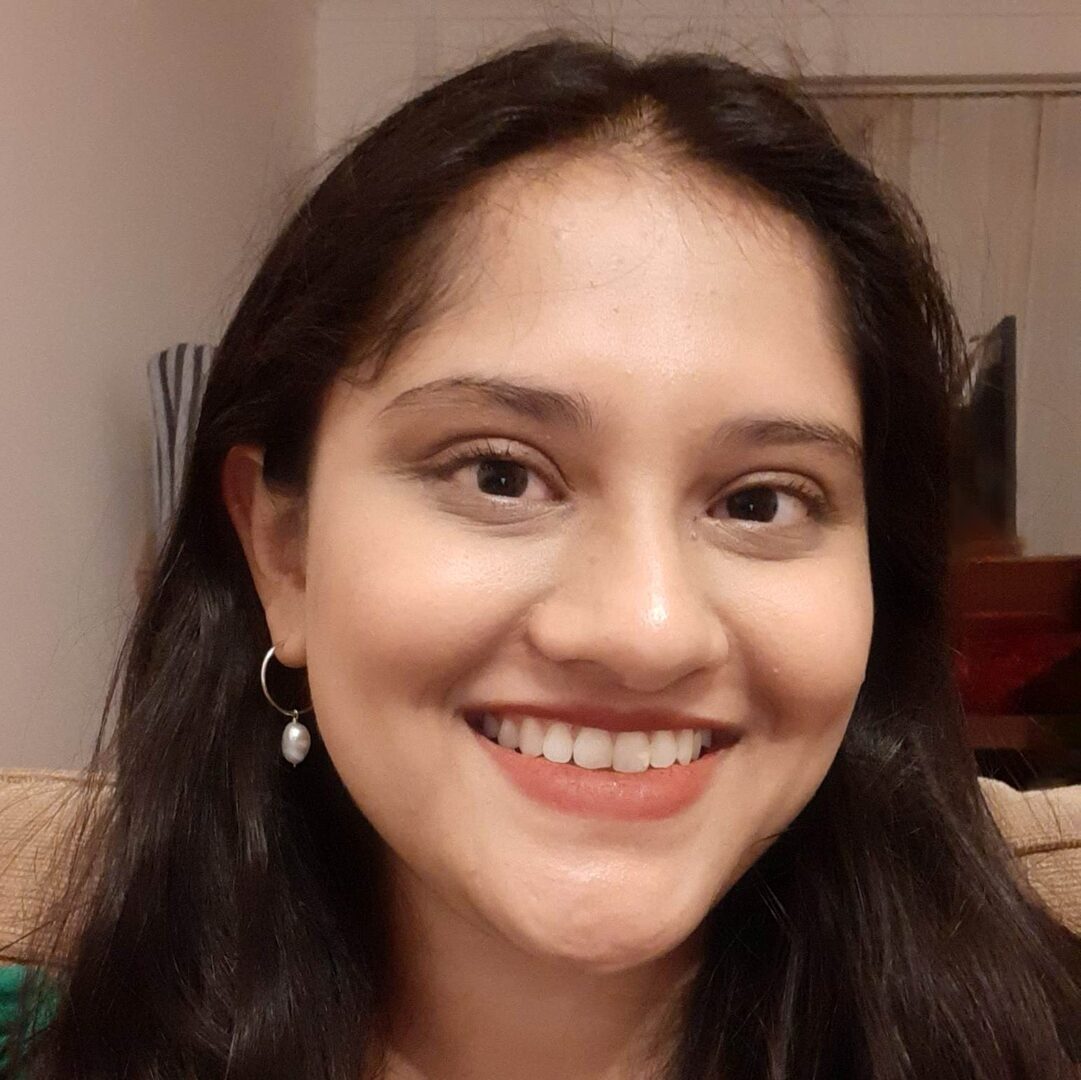
Dr. Krishna Jadeja, Postdoctoral Scholar (Dec 2022-Aug 2024)
I am an experimental physicist experienced with the laser cooling of alkali atoms. During my PhD at University College London, I worked on an experiment for the trapping and cooling of isotopes and isomers of caesium, based in the IGISOL facility of the University of Jyväskylä. My work also included using laser cooled rubidium atoms as a sensor for atomic magnetometry. Having earnt my PhD in 2022, I will be joining the Quantum Machines group in December for my first post-doc.
[1] A cold atom radio-frequency magnetometer. Appl. Phys. Lett. 114, 073505 (2019);
https://doi.org/10.1063/1.5084004
PhD 2022 University College London (England, London)

Dr. Mohamed Hatifi, Postdoctoral Scholar (Nov 2022-Oct 2024)
I am a French theoretical physicist having multiple interests in the foundation of quantum physics. During my Ph.D., my research was mainly about the quantum to classical transition. This includes testing the quantum coherence at the mesoscopic level [1] and studying the interplay between quantum decoherence and cooling processes. I was also interested in the possibility of engineering tools for tracing and marking materials using fluorimetry in the strong-coupling regime of light-matter interaction [2]. I recently joined an experimental group at OIST for my first post-doc and started working on theoretical models for trapped electrons levitating on liquid helium [3]. I like working closely with experimentalists and making new theoretical proposals for future experiments.
[1] Hatifi et al., submitted to Classical and Quantum Gravity (arXiv:2006.07420), 2022
[2] Hatifi et al., Applied Sciences MDPI (10.3390/app12189238), 2022
[3] Kostylev, et al., Phys. Rev. Lett. 127, 186801, 2021
PhD 2019 Institut Fresnel (France, Marseille)
Miwa Matsui, Research Unit Administrator
Email: miwa.matsui@oist.jp



